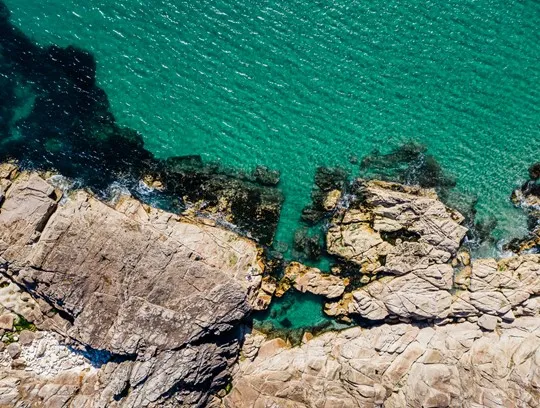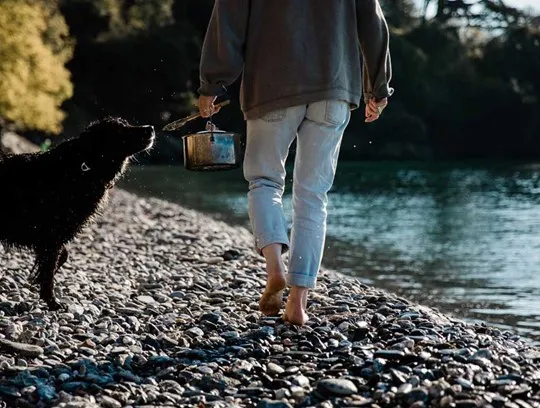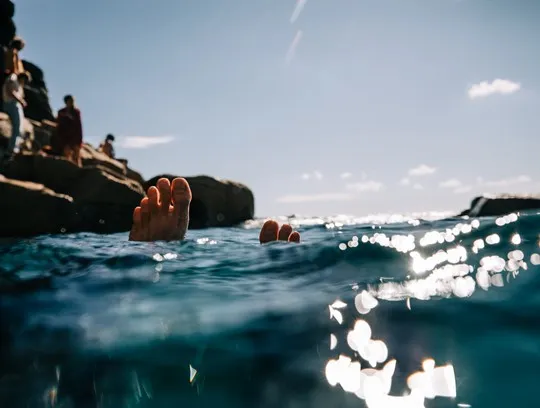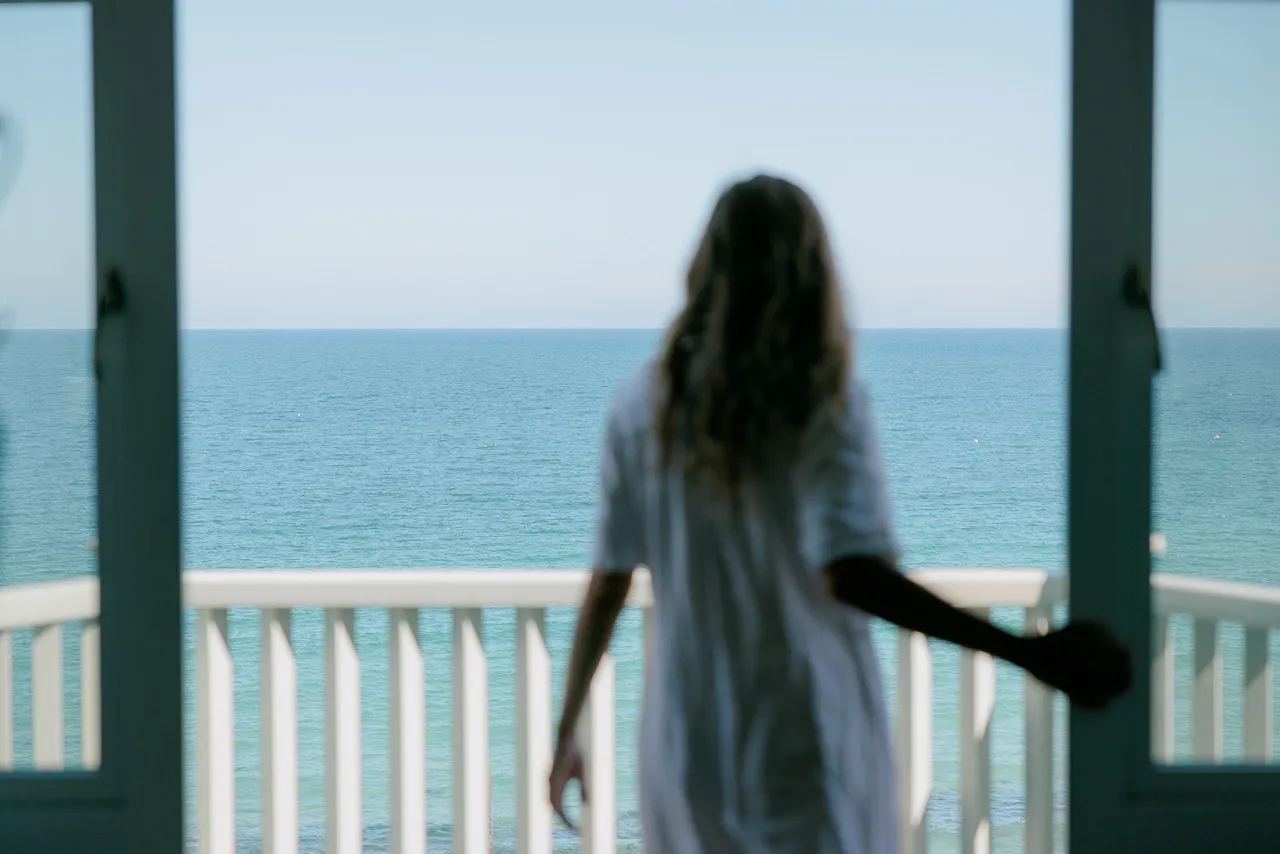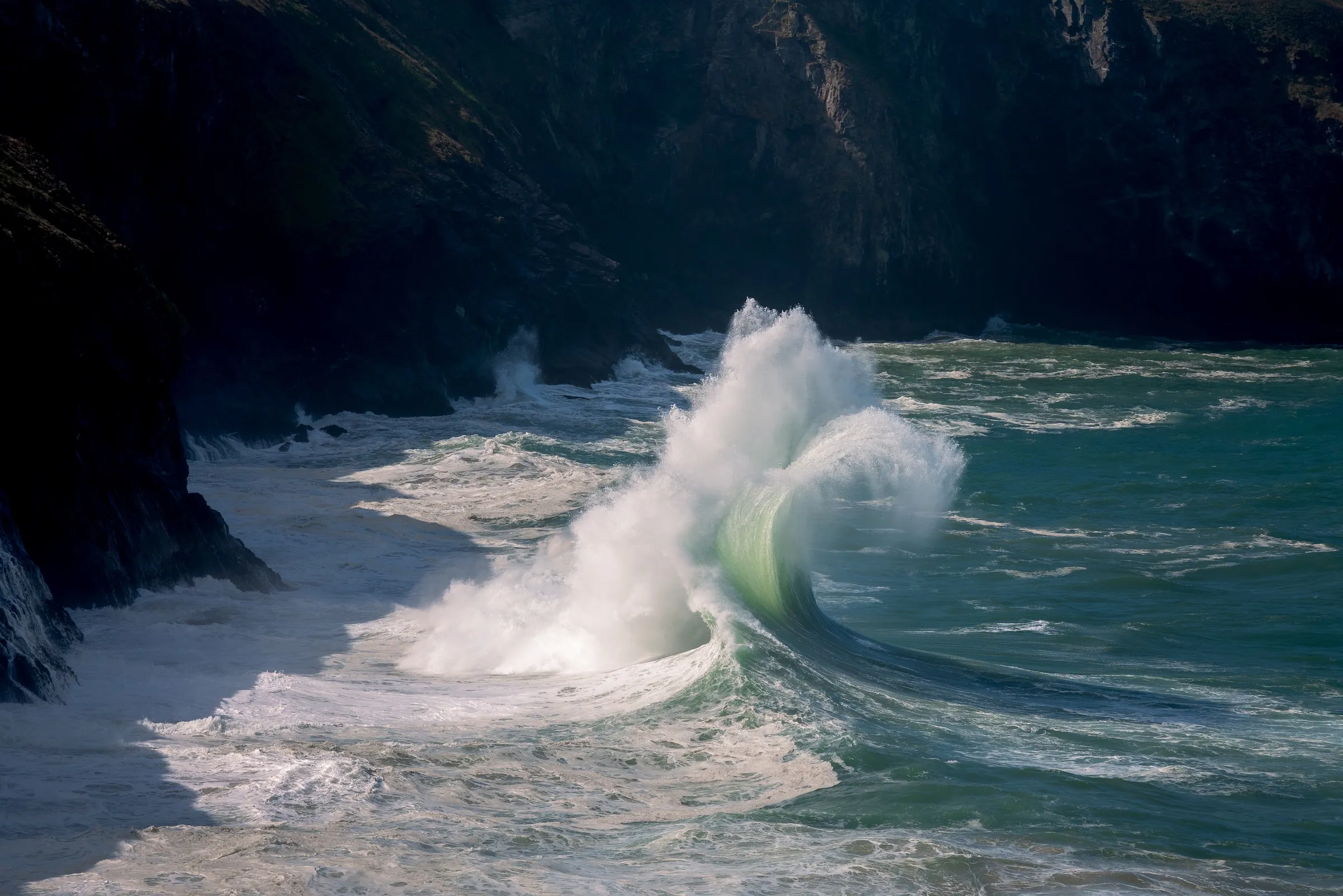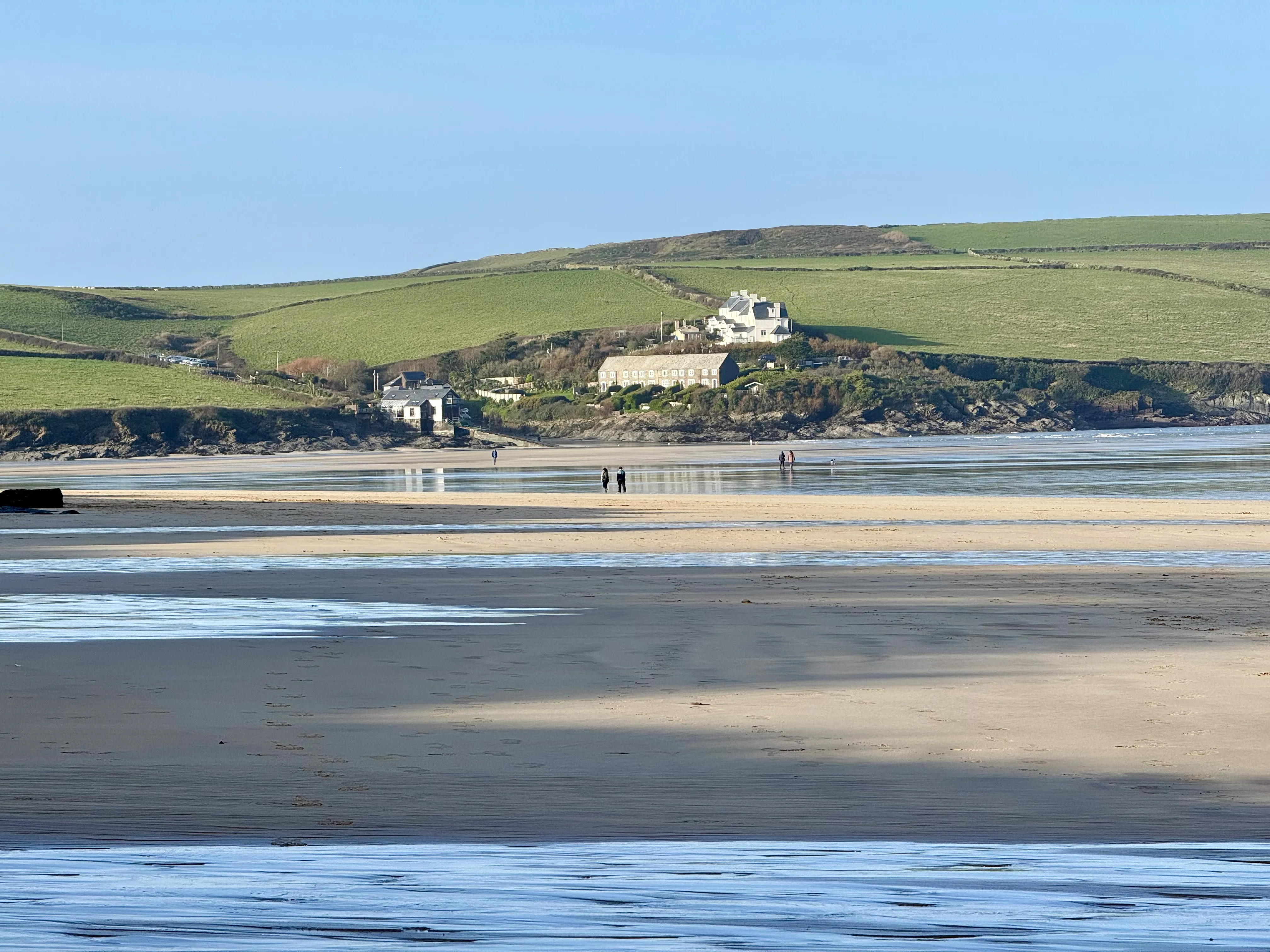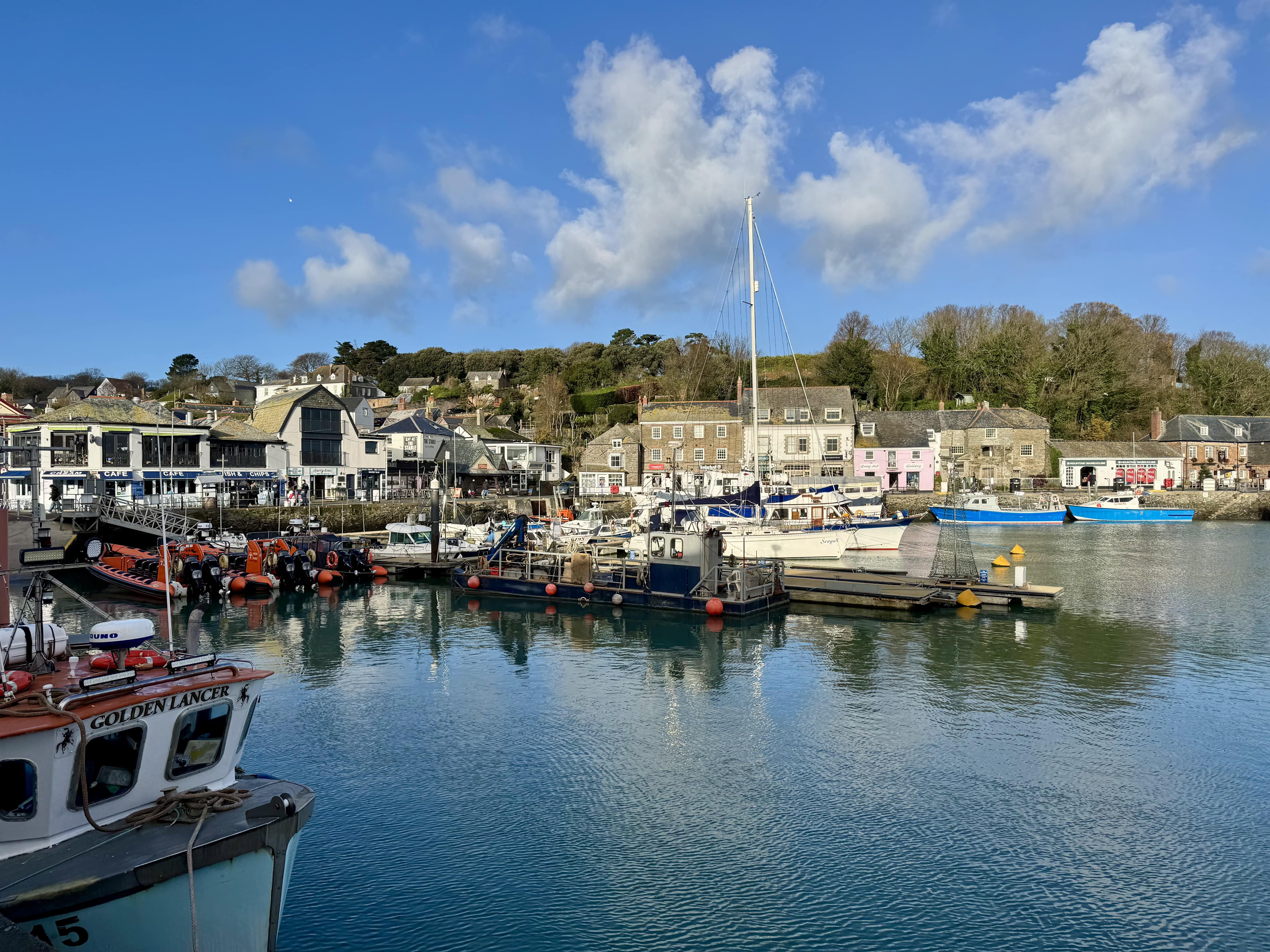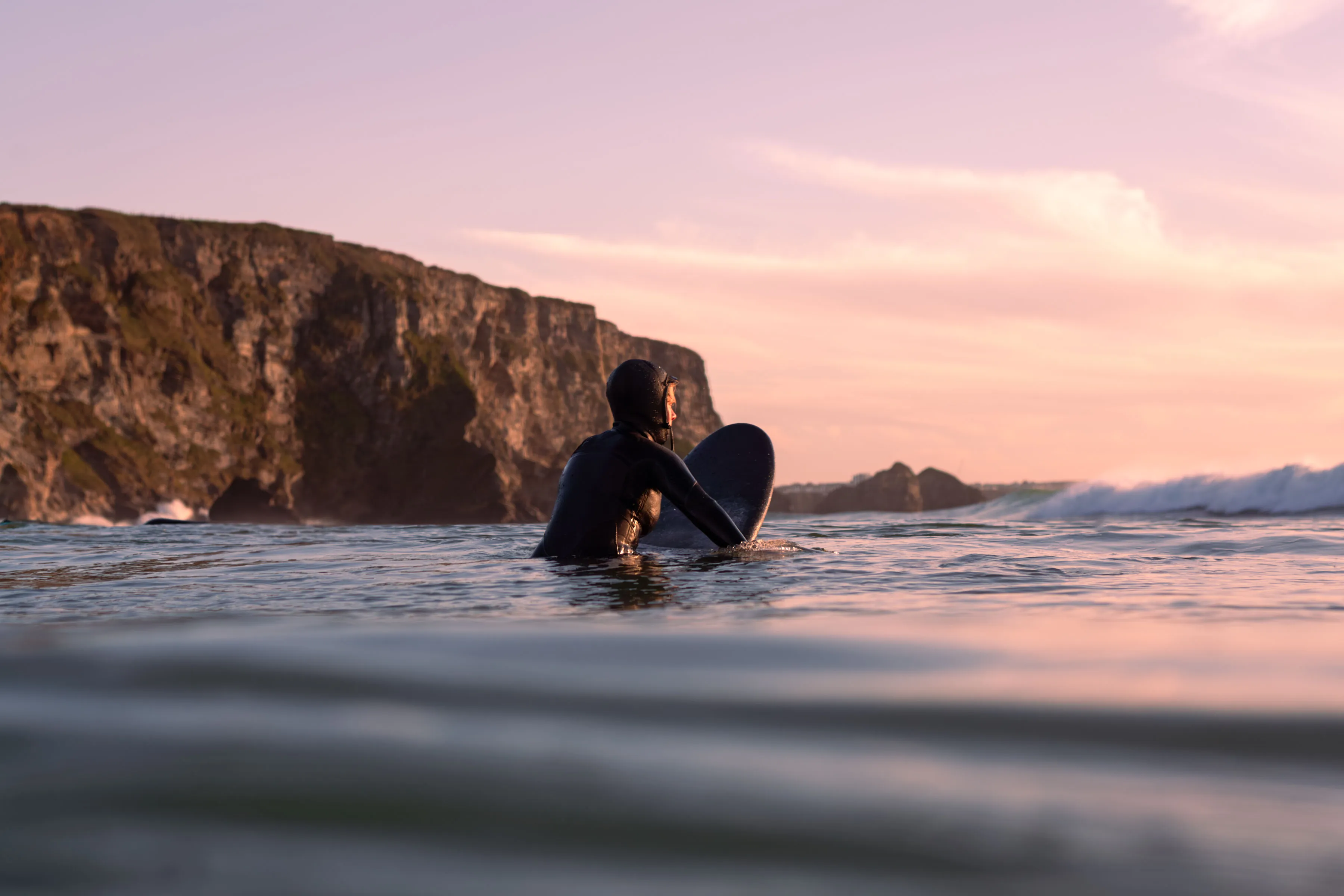Home / A better bolthole
A better bolthole
25th November 2021
What’s the best spot for a winter getaway, for solace, rest and revival? Debika Ray escaped to 15 Cannery Row, Hayle, a frame for life on the shore, finding serene sands, newly arrived birds and buckets of inspiration…
By Debika Ray, contributing editor at Crafts magazine, founder of Clove magazine and writer. Her work has been published in Kinfolk, Wallpaper, the Guardian and Architectural Digest.
Discover unbeatable savings and unforgettable experiences with Beach Retreats’ exclusive special offers.
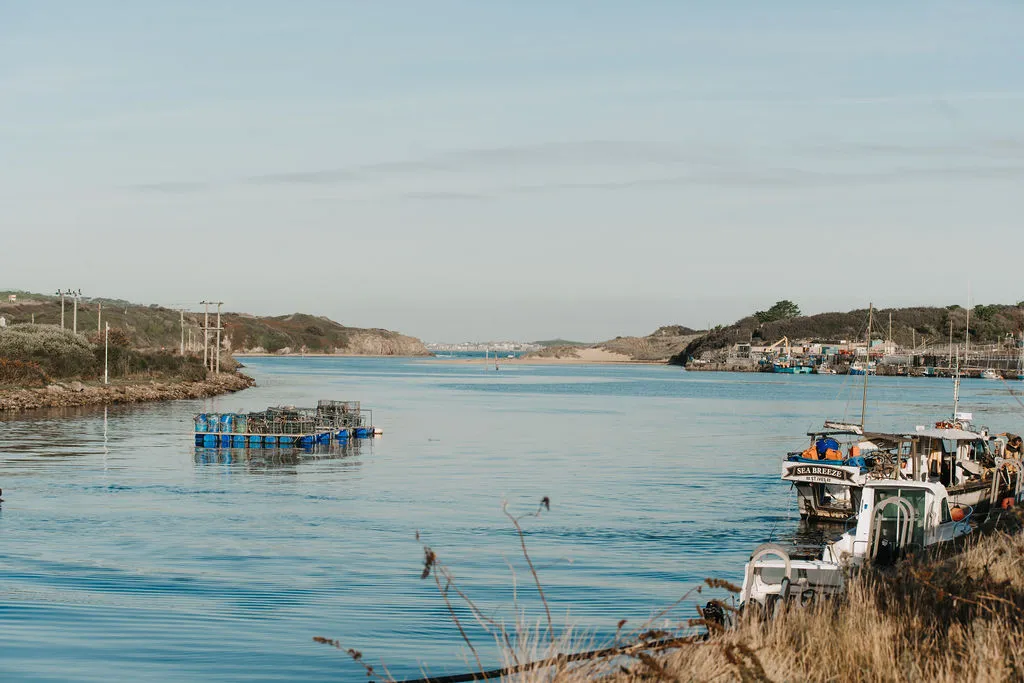
“I have gained very great inspiration from Cornish land- and sea-scape, the horizontal line of the sea and the quality of light and colour, which so excites one’s sense of form,” said the artist Barbara Hepworth in a 1946 interview with The Studio magazine. “And first and last there is the human figure, which in the country becomes a free and moving part of a greater whole.”
Standing in the garden of Trewyn Studio in St Ives, it’s easy to see why Cornwall proved so inspirational for the great modernist sculptor – how she might have felt freed and moved by her majestic surroundings. In November, when I visit, her sloping garden is doused in a misty haze: more than 30 bronze, wood and stone sculptures sit amid a mix of mature trees, ornamental plants and stone walls.
Thinking about staying in St Ives? Have a look at our luxury St Ives holiday properties.
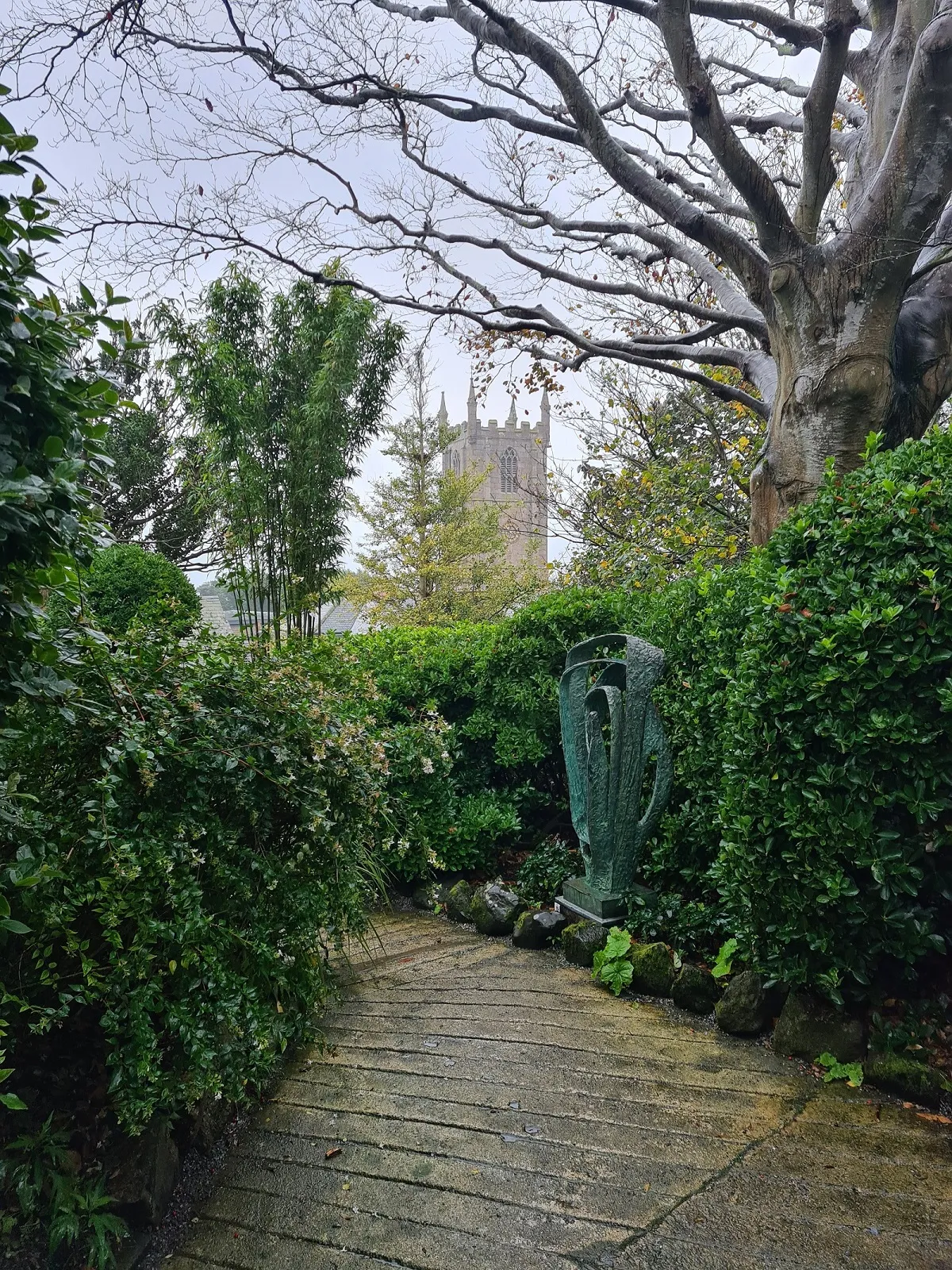
“Here, the proximity and exposure to nature is echoed: as day breaks, light falls softly through the large balcony windows into the master bedroom and open-plan living room.”
To one side of the site are a conservatory and light-filled studio, the latter still scattered with tools, materials and clothing and surrounded by uncarved blocks of stone. Through rainy days and sunny ones, Hepworth would have sat – working or thinking – inside these light-filled spaces, looking out over the landscape she designed herself. “Finding Trewyn Studio was a sort of magic,” she wrote of the place. “Here was a studio, a yard and garden where I could work in open air and space. It is completely perfect for me.”
A clearer mind
My artistic aspirations may not be as lofty as Hepworth’s, but, from this vantage point, I find myself wondering what it would be like to move to Cornwall in search of creative inspiration – writing, reading or simply thinking more clearly amid that magical light and fresh, cool air. Cornwall, I’m told, rarely gets cold enough to snow, thanks to its salty air and the tempering effects of the Gulf Stream – a relatively mild climate that makes an outdoor lifestyle both possible and appealing even in the winter months.
“To stay by the sea, is to watch the landscape shift constantly before your eyes… Modern architects have long understood that building should be a frame for life, rather than imposing too heavily on it.”
Want to learn more about how to make the most of your travel? Read our blog on how to do slow travel.
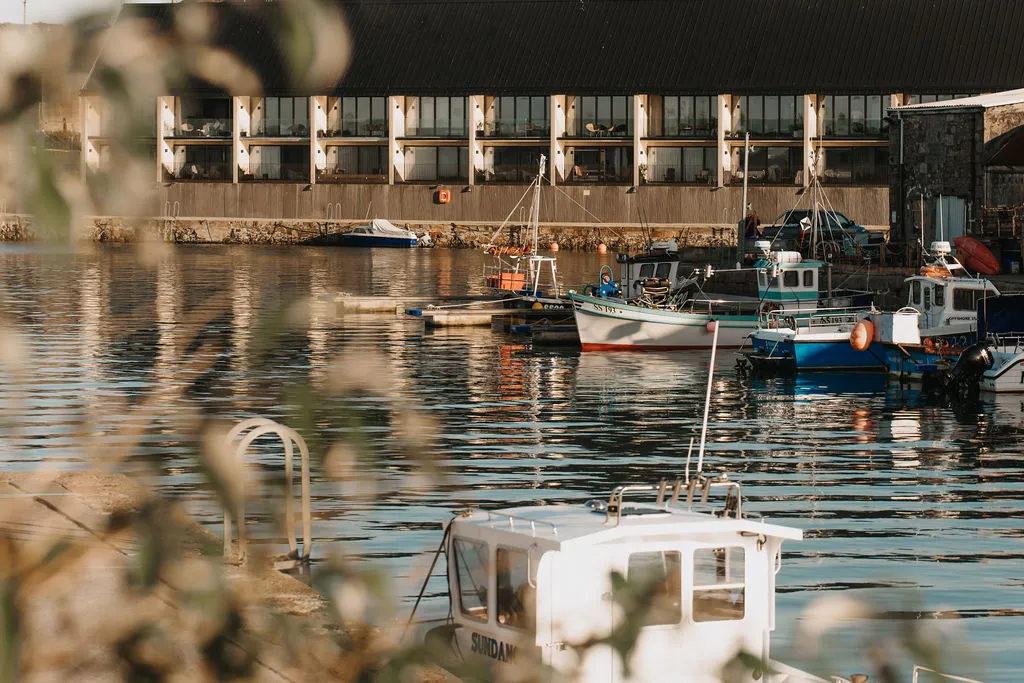
St Ives is a mere 13 minute coastal train journey, via the sweeping Carbis Bay, from St Erth; itself a three minute onward ride to Hayle, where Cannery Row, is located. Here, the proximity and exposure to nature is echoed: as day breaks, light falls softly through the large balcony windows into the master bedroom and open-plan living room, revealing the Hayle Estuary, with its ebbing and flowing tides, just outside.
To stay by the sea is to watch the landscape shift constantly before your eyes. Later, as the sun sets, the same view is slowly occluded, and our view turns inwards, to the spacious, modern, double-height interior. Modern architects have long understood that building should be a frame for life, rather than imposing too heavily on it.
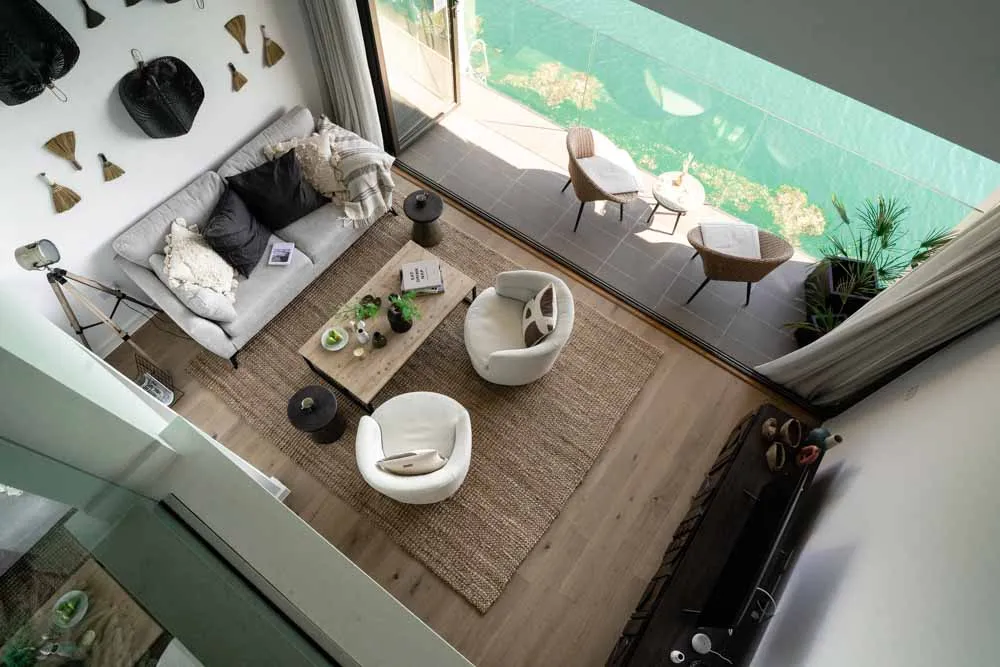
“At Hayle Beach, a brief stroll from the apartment, rolling dunes – or Towans – tumble down from dramatic black rocks, and the eye has to stretch far into the distance before you can see the waves rumbling towards the shore.”
The surrounding estuary is guarded by the Royal Society for the Protection of Birds (RSPB), because of its abundance of wetland flocks. Winter, they say, is the best time to visit: it’s when you can see vast collectives of teals and wigeons, as well as ring-billed gulls from North America, and can be undisturbed by the higher number of tourists who similarly flock to the area in the summer. Elsewhere along the coast you can spot seals, dolphins and basking sharks, or charter a boat to catch your own fish.
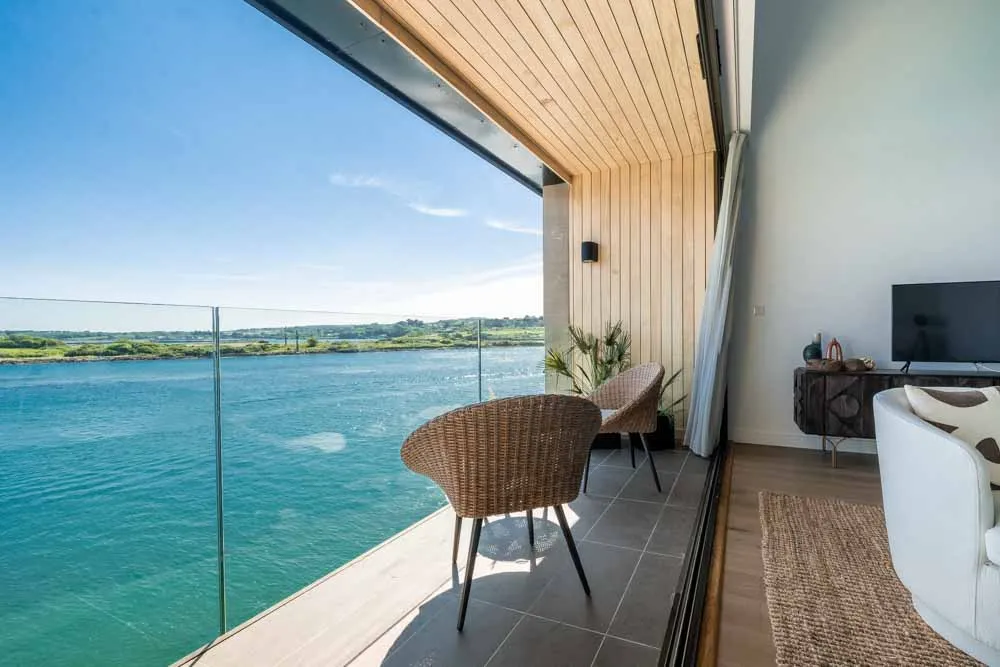
“The uneven ground means the tide moves in inconsistently, forming exposed island-like mounds and the water trickles ashore and encircles them: we stop to chat to fellow walkers who are throwing balls for their over-excited dogs to fetch.”
Deserted sands
At Hayle Beach, a brief stroll from the apartment, rolling dunes – or Towans – tumble down from dramatic black rocks, and the eye has to stretch far into the distance before you can see the waves rumbling towards the shore. At low tide, on this autumn morning, the sands remain wet underfoot far away from the water’s edge, as we trudge past a handful of other early risers along the practically deserted golden sands.
The uneven ground means the tide moves in inconsistently, forming exposed island-like mounds and the water trickles ashore and encircles them: we stop to chat to fellow walkers who are throwing balls for their over-excited dogs to fetch; they splash and bound as they do so through the pools of water that are swiftly forming. A raised coastal walk takes us on the high road along the beach, leading past miles of unspoiled views.
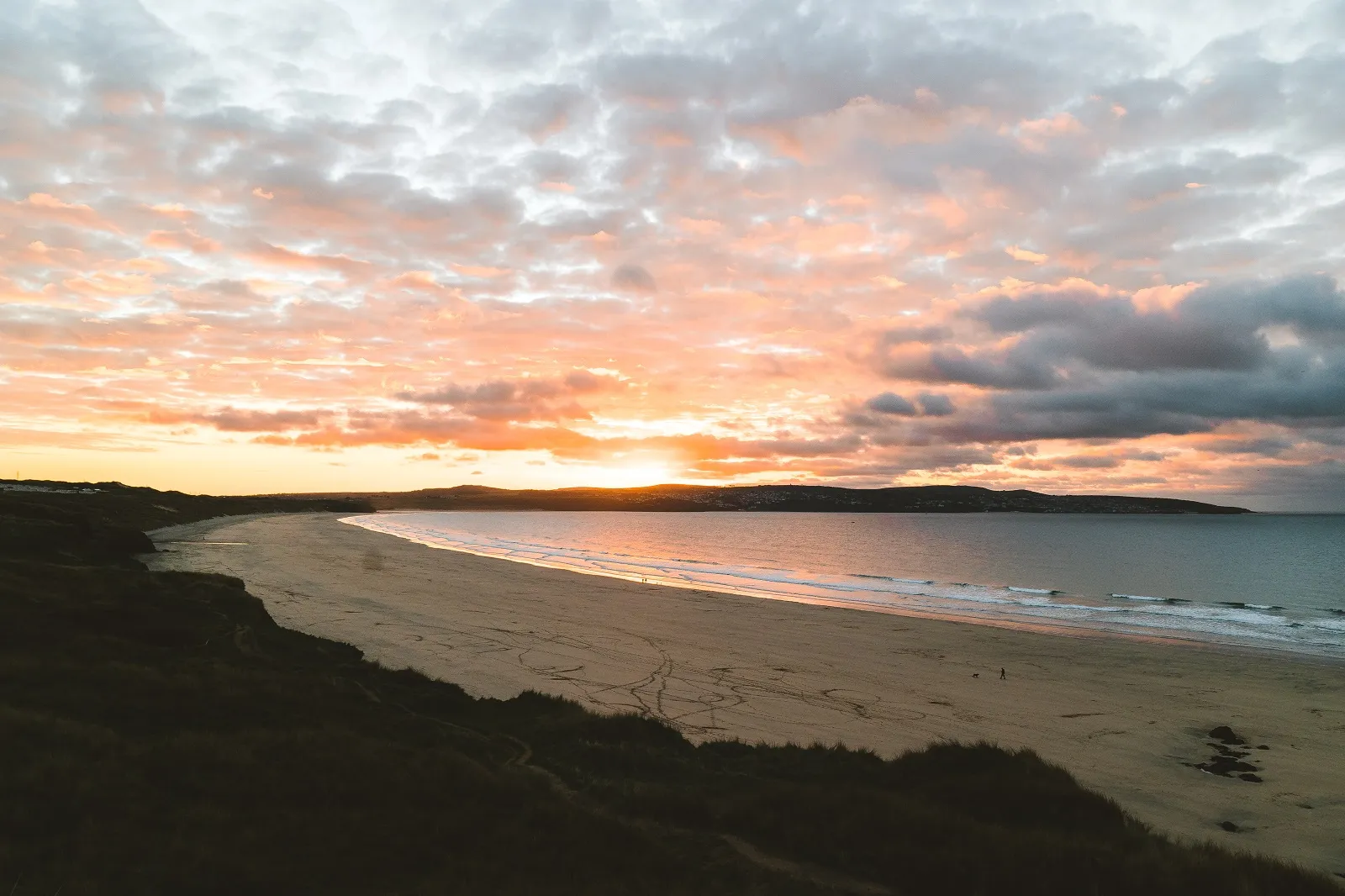
“In times when sunshine and warmth are scarce, such qualities are needed to uplift us”
Light and air
Hepworth no doubt chose her home partly with views in mind: the home and studio that the artist occupied for the final 25 years of her life – now the Barbara Hepworth Museum – is minutes from St Ives harbour, amid narrow streets and pitched roofs. She is among the best-known artists to have settled in Cornwall, but she is hardly the only one to have been enlivened by this coastal stretch of south-west England. Ceramicist Bernard Leach set up his world-renowned pottery studio in the town in 1920, and it remains among the best known pottery studios in the world, embedded in Cornwall’s historic relationship with clay.
My stroll through the area takes me past and into art and craft galleries, pocketing ceramic objects to take home as souvenirs. These are dotted across the region to represent the creative community that continues to make the county its home. Today, an outpost of the Tate Gallery sits a short walk away from Hepworth’s house on the site of an old gasworks, and shows off the work of several other notable local names.
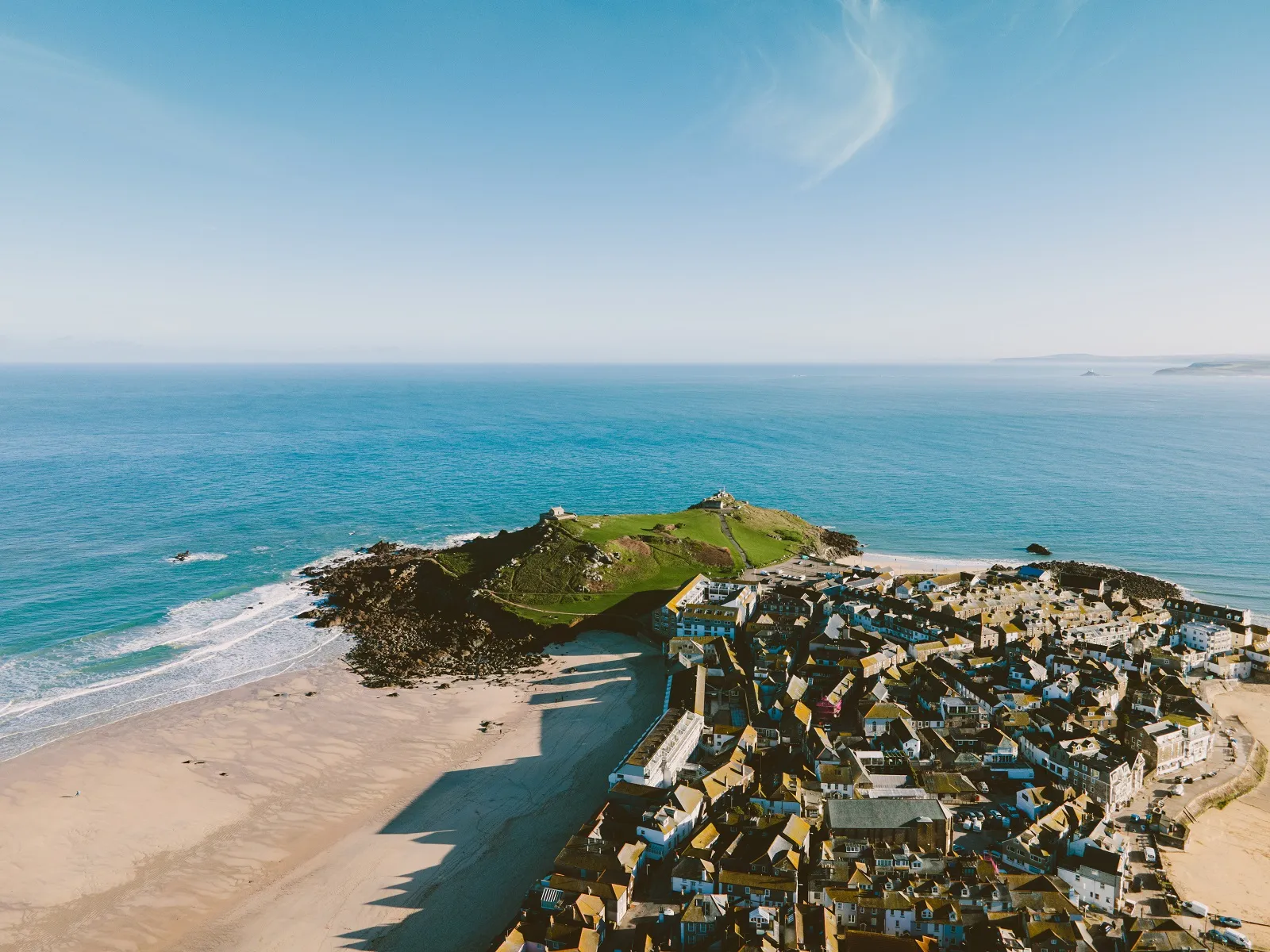 “Back in Hayle in the evening, we stick close to the water, and close to home: an atmospherically lit shack on the sand”
“Back in Hayle in the evening, we stick close to the water, and close to home: an atmospherically lit shack on the sand”
Here, too, weather provides a backdrop to the building: standing in the amphitheatre-like entryway, I hear the roar of the ocean crashing against the shore and feel the salty air swirl around me. The sound and weather swiftly vanish as I step inside the serene interior, safely ensconced amid the finely curated art collection, but the sea itself remains visible from the open studio nestled at the front of the gallery, which is devoted to artists who take up residencies there and which you can look down upon from a circular balcony.
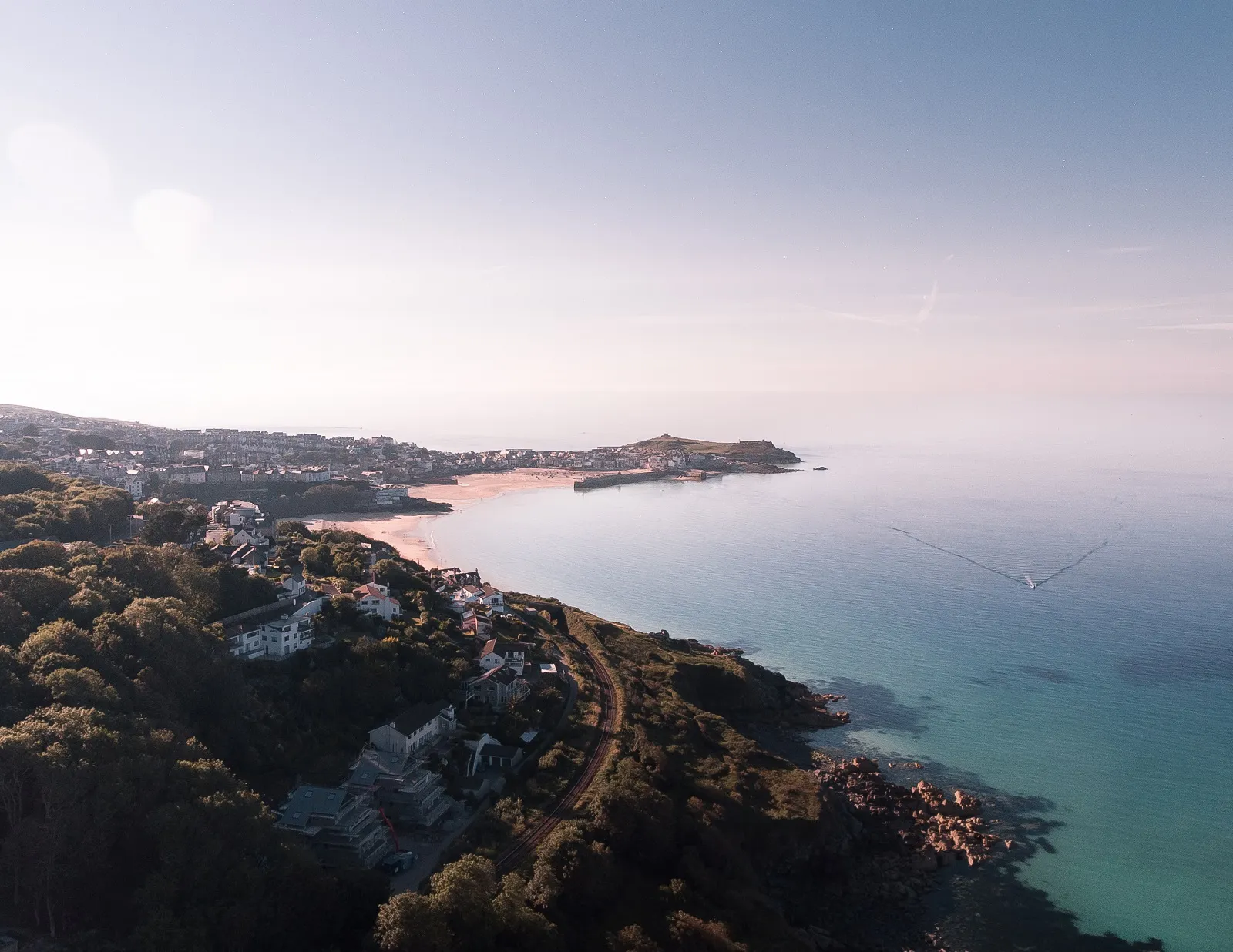 Later, from the generous windows of the fourth floor cafe, I spot miniature surfers bobbing on the distant waves, and I am mesmerised for hours by their relentless energy and the movement of the water. At ground level, a glass enclosed restaurant across the road gives a closer view, hovering just over the sands of Porthmeor Beach, alongside seagulls and above the smattering of spectators gathered to appreciate the water sports.
Later, from the generous windows of the fourth floor cafe, I spot miniature surfers bobbing on the distant waves, and I am mesmerised for hours by their relentless energy and the movement of the water. At ground level, a glass enclosed restaurant across the road gives a closer view, hovering just over the sands of Porthmeor Beach, alongside seagulls and above the smattering of spectators gathered to appreciate the water sports.
Back in Hayle in the evening, we stick close to the water, and close to home: an atmospherically lit shack on the sand, a local recommendation, serves Cajan-spiced fish and barbecued meats. We eat seafood by the bucket, and wash it down with local beers and Cornish-themed cocktails.
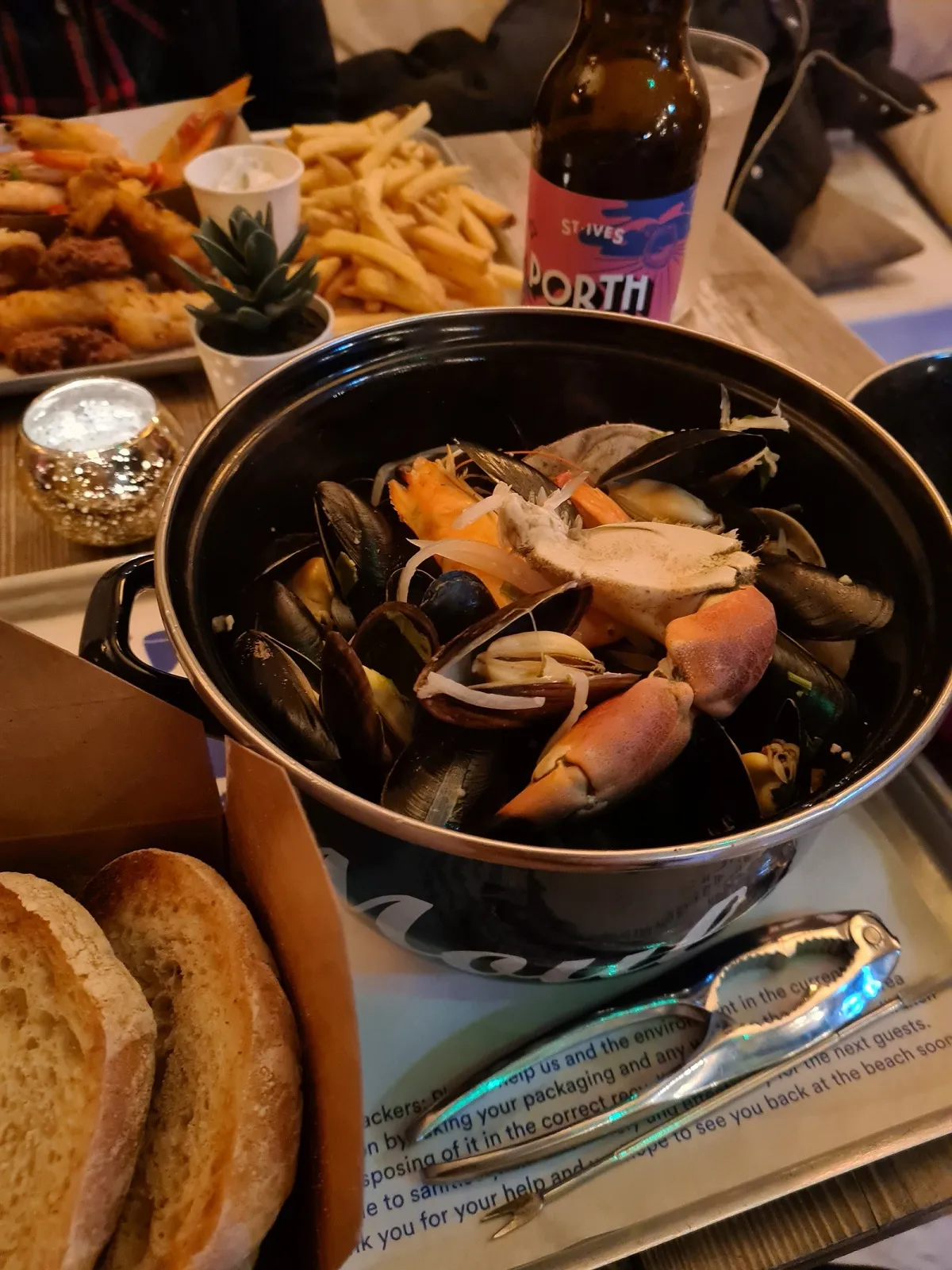
Winter retreats to the coast or countryside are often associated with crackling fires, old furniture, low ceilings or dim lighting. But, as Hepworth understood, the soul thrives on light, air and space. In times when sunshine and warmth are scarce, such qualities are needed to uplift us, and more so for anyone seeking to achieve the artist’s ambition of making the “human figure … a free and moving part of a greater whole”.
